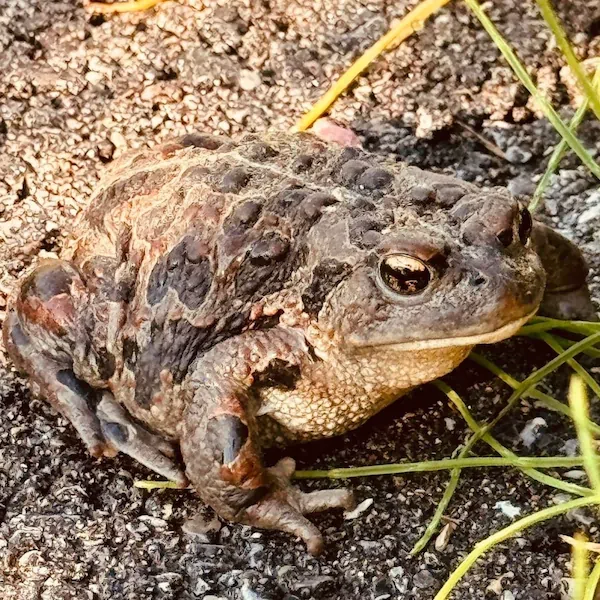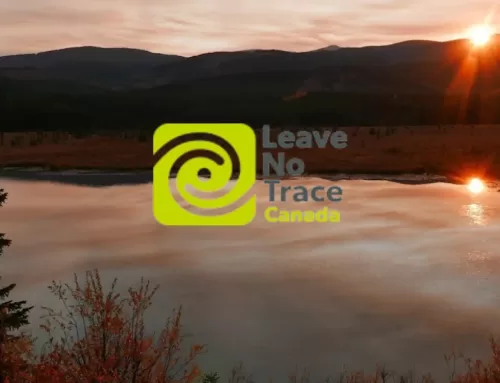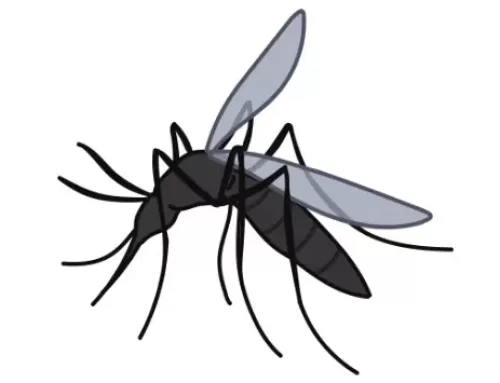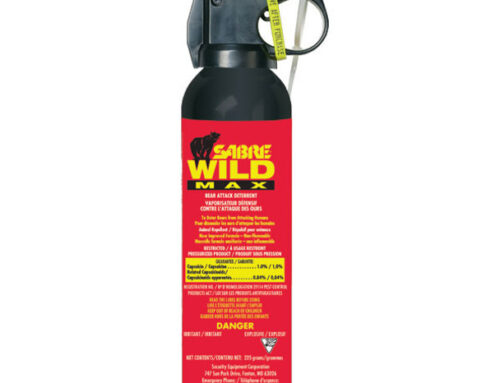Back in March I shared a list of popular outdoor myths with a focus on the winter season. I’m back this month to dispel ten more outdoor-related myths with more pertinent to summer.
Myth: Moss only grows on the north sides of trees.
Fact: Although moss has a tendency to grow on the north side of trees, there are many factors that can influence where it grows. Things such as sunlight, moisture, or even which hemisphere you’re in can determine where moss prefers to grow. Do not rely on this as a directional aid in a survival situation.
Myth: Bears are attracted to females on their period.
Fact: This seems to be an old wives tale. Through online research and conversations with experts in the field, there appears to be no credible scientific evidence to support this theory.
Myth: You should suck the venom out of a snakebite wound.
Fact: Snake venom spreads too rapidly through the lymphatic system for this to be effective. Also, placing a mouth onto an open wound can introduce germs, which have the potential to cause an infection. Antivenom is the only proven treatment method for a venomous snakebite, so seek medical attention immediately.
Myth: Garlic repels mosquitoes.
Fact: Even though mosquitoes are looking to feast on your blood, they aren’t vampires and this old tale carries no basis in science. Mosquitoes are primarily attracted to body heat and carbon dioxide, which means vigorous physical activity will make you a prime target. For even more mosquito tips, please read this article from last month’s newsletter.
Myth: Porcupines can throw/shoot their quills.
Fact: No, they cannot actually shoot their quills at perceived enemies, but their quills do detach quite easily when touched…just ask my dog!
Myth: Touching frogs/toads can cause warts.
Fact: Warts are caused by an infection of the Human Papilloma Virus (HPV) and can spread through casual contact, especially if you have broken skin. Our amphibian friends are not to blame.
Myth: You need to boil water for 10 minutes before drinking it.
Fact: If you’re using water from a natural source, such as a river, it’s always important to boil the water before consuming it. Boiling eliminates bacteria and other harmful pathogens. Plenty of outdoor enthusiasts still refer to the 10-minute rule, but in reality water only needs one-to-two minutes after it reaches its boiling point to be considered safe.
Myth: Water that comes from mountain rivers is safe to drink.
Fact: Another common misconception about water is that rivers/creeks in the mountains are clean and safe to drink without treatment. While it might be tempting to gulp that cold, refreshing water, it’s not advised. Even if the water appears clean and clear, it can contain microscopic organisms that could wreak havoc on your digestive system.
Myth: If dehydrated, drink your own urine.
Fact: It’s a common misconception that’s even been showcased in movies, but drinking your own urine isn’t a great idea. Your kidneys filter toxins and remove waste from your body through urination. By drinking pee you’re simply putting toxins, and salt, back into your body that were already filtered out, causing further dehydration.
Myth: Bear bells deter bears.
Fact: Yes, sound is proven to alert bears of your presence, however bear bells just aren’t loud enough. The human voice is a much more effective tool. Wind or rushing water can drown out the sound of the bells and your voice will carry over longer distances. Leave the bear bells at home and use your voice instead. For even more bear safety tips, please refer to this previous article.






